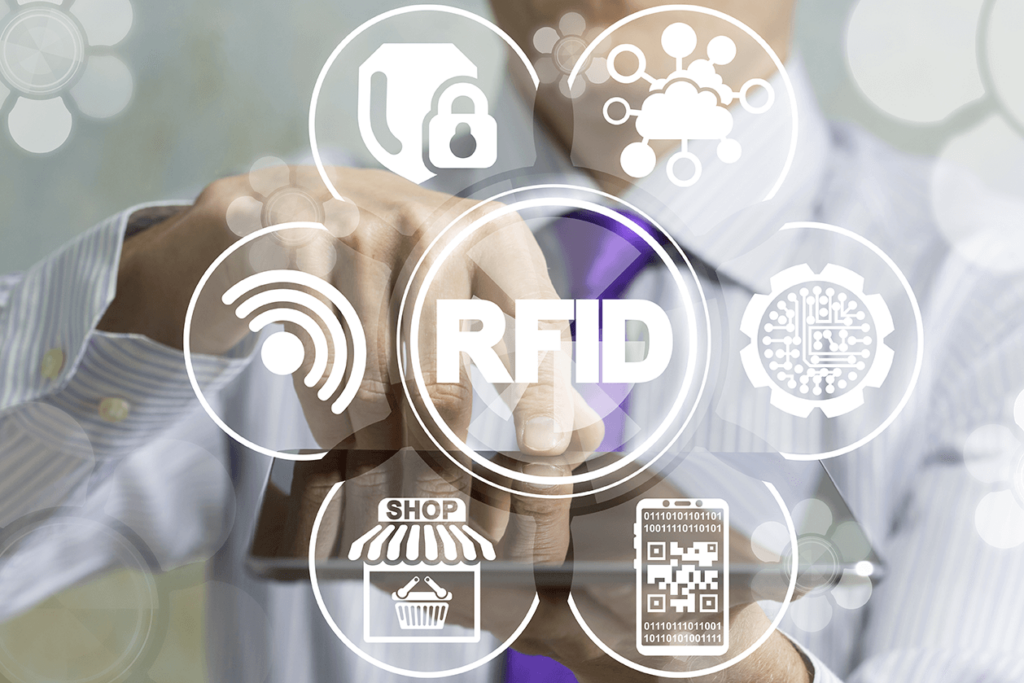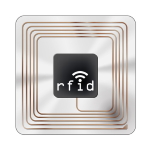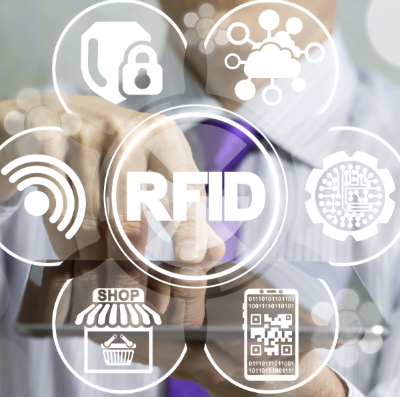November 21, 2019

EPC Class1 Gen2 UHF RFID tags can be used to read and embed data into the memory of their chips.
However, the composition of the memory of a UHF EPC Class1 Gen2 tag raises several questions:
How is the memory of a UHF EPC Class1 Gen2 tag segmented? What are the different types of memory: TID, EPC, USER and Reserved? Can information be stored in all these types of memory?
A passive RFID tag is composed of an antenna and an RFID chip, itself comprising a memory.

Depending on the user or the final application, the size of the memory of an RFID chip is more or less important. For example, for the identification of a product only, a small memory is sufficient. For other applications, the memory must be important, especially in isolated areas without access to networks.
The memory of an RFID chip varies from one chip to another. It is segmented into several types of memory: TID, EPC, USER and Reserved.
The memory of a UHF Class1 Gen2 RFID chip
It is in the TID (Tag Identifier) memory that the unique identification number of the manufacturer is written. This number is incremented in the chip at the time of its manufacture. This number cannot be modified and is unique.
The identification code of the tag, which can be unique, is written in the EPC (Electronic Product Code) memory . It is the encoding that allows to assign this number to the tag.
USER memory is optional. It concerns RFID tags allowing reading and writing in the chip’s memory. It is in this memory that the user equipped with an RFID reader can write information in the tag or read information already entered by a previous user. This is how information is stored in this memory. It is itself divided into several blocks. Access to these different blocks can be locked to a particular user.
The RESERVED memory allows to lock the reading and writing functions of the RFID chip, especially in the case of sensitive or confidential data.
Encoding an RFID UHF Tag
Encoding concerns the EPC and USER memories.
First of all, it consists in assigning an identification code to the chip and therefore to a tag. This code is written into the EPC memory. This number is written in the chip’s memory and can then be read by a suitable RFID reader. During encoding, this number can be protected, i.e. it cannot be modified or deleted.
The EPC can follow the GS1 standard which guarantees the uniqueness and authenticity of the codes.
The USER memory can also be encoded, i. e. information is stored in this memory. For example, a tag can be fixed on a gas meter with which several operators interact. Thanks to a suitable RFID mobile reader, each operator involved can enter in the tag the maintenance operation he has carried out and know what other operations have been carried out. And this, without 3G or wifi! Indeed, even under extreme conditions (temperature, pressure,…) identification and tracking by RFID technology can work!
Note that the USER memory can be locked, this is called the “lock” function. It is therefore only readable for a certain type of authorized readers.
What types of tags can be encoded?
All types of tags can be encoded.
For example, encoding can be done for badges to allow entry into secure areas such as car parks, workplaces, construction sites etc. but also for rugged tags, i.e. those that will be subject to particularly harsh environmental constraints.

